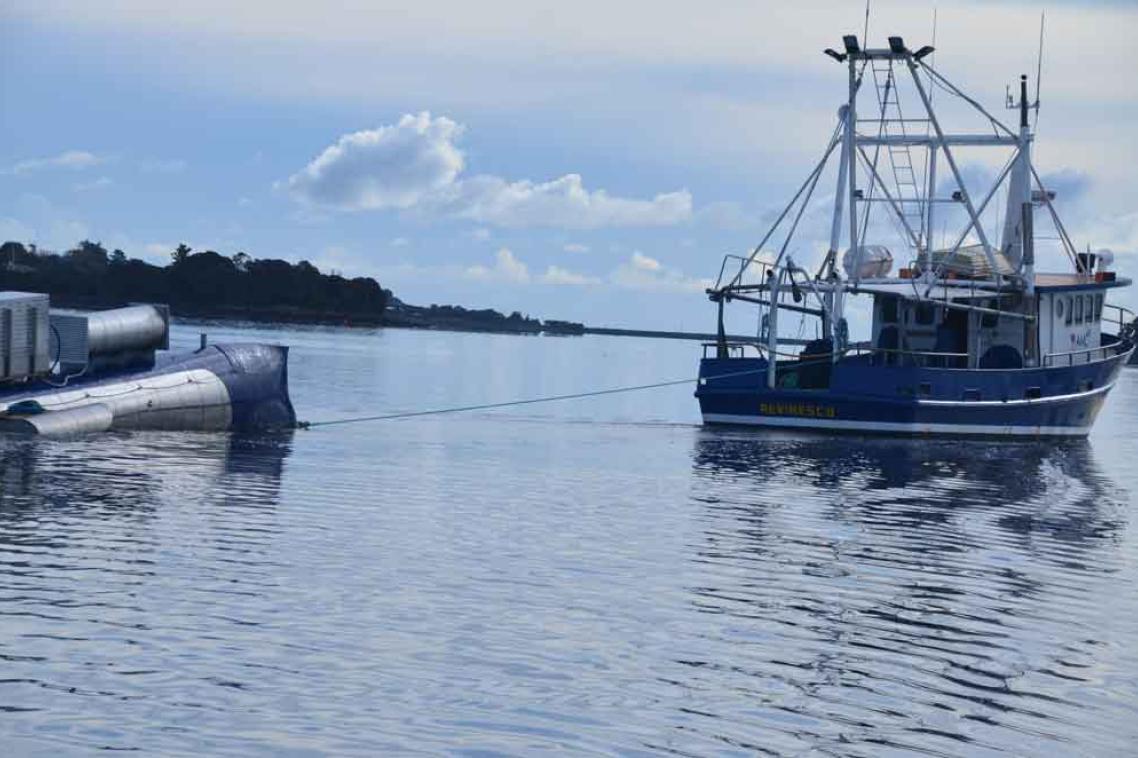Tidal studies making waves in energy sector

The Federal Government is backing a wave of investment in tidal electricity generation as experts tip that marine power will be the next big thing in renewable energy.
The Australian Renewable Energy Agency (ARENA) has awarded $2.49 million to cover a portion of the cost of a collaborative project led by the Australian Maritime College at the University of Tasmania, in partnership with The University of Queensland and CSIRO.
The $5.85 million ‘Tidal Energy in Australia – Assessing Resource and Feasibility to Australia’s Future Energy Mix’ project will map the country’s tidal energy in unprecedented detail before assessing its ability to contribute to Australia’s energy needs.
Lead chief investigator Associate Professor Irene Penesis from the University of Tasmania said the project would help overcome barriers to investment in commercial-scale tidal farms in Australia.
“With some of the largest tides in the world, Australia is ideal for this extremely reliable and low-carbon form of energy,” she said.
“Potential investors are held back by a lack of detailed information on tidal resources that would help them understand the risks and opportunities available.
“This project will address this knowledge gap and provide the information that developers need to deploy their technology in the most energetic tidal sites in Australia.”
Dr Remo Cossu and Dr Alistair Grinham, from UQ’s School of Civil Engineering, said UQ had decades of experience in maritime engineering and monitoring aquatic environments.
“As one of the project’s chief investigators, I will help the team determine which areas are best suited for tidal energy farms, investigating how much energy is in the water and available at different times of the tidal cycle and whether the seafloor characteristics of chosen sites are suitable for mounting tidal turbines,” Dr Cossu said.
“We hope to make significant advances in the field of tidal site characterisation.”
Dr Cossu said the project would deliver a tidal resource map, published in an open-source online resource atlas.
“A national-scale hydrodynamic tidal model will map the scale and distribution of the nation’s tidal energy resources to the nearest 500 metres,” he said.
The study will include a technical and economic feasibility assessment and develop an economic case for connecting high-potential sites to Australia’s electricity infrastructure.
Four industry partners – OpenHydro, Protean Wave Energy, MAKO Tidal Turbines and BioPower Systems – will make financial contributions and provide the researchers with proprietary information on their tidal energy devices, as well as commercial implementation know-how.
Marine turbine company OpenHydro's business development manager Michael Lewis said the research would help Australia’s tidal energy industry stay at the forefront of international advances.
Researchers from Nova Scotia’s Acadia University in Canada and Bangor University in the UK will collaborate on the study.
Media: UQ EAIT Media and Communications Coordinator, Genevieve Worrell, g.worrell@uq.edu.au, +61 7 3365 8525, +61 (0) 408 432 213, Dr Remo Cossu, r.cossu@uq.edu.au, +61 7 3365 9117.
Related articles

New data reveals how Australia’s threatened reptiles and frogs are disappearing – and what we have to do

Sunlight-powered breakthrough turns methane into valuable ethylene
Media contact
UQ Communications
communications@uq.edu.au
+61 429 056 139
